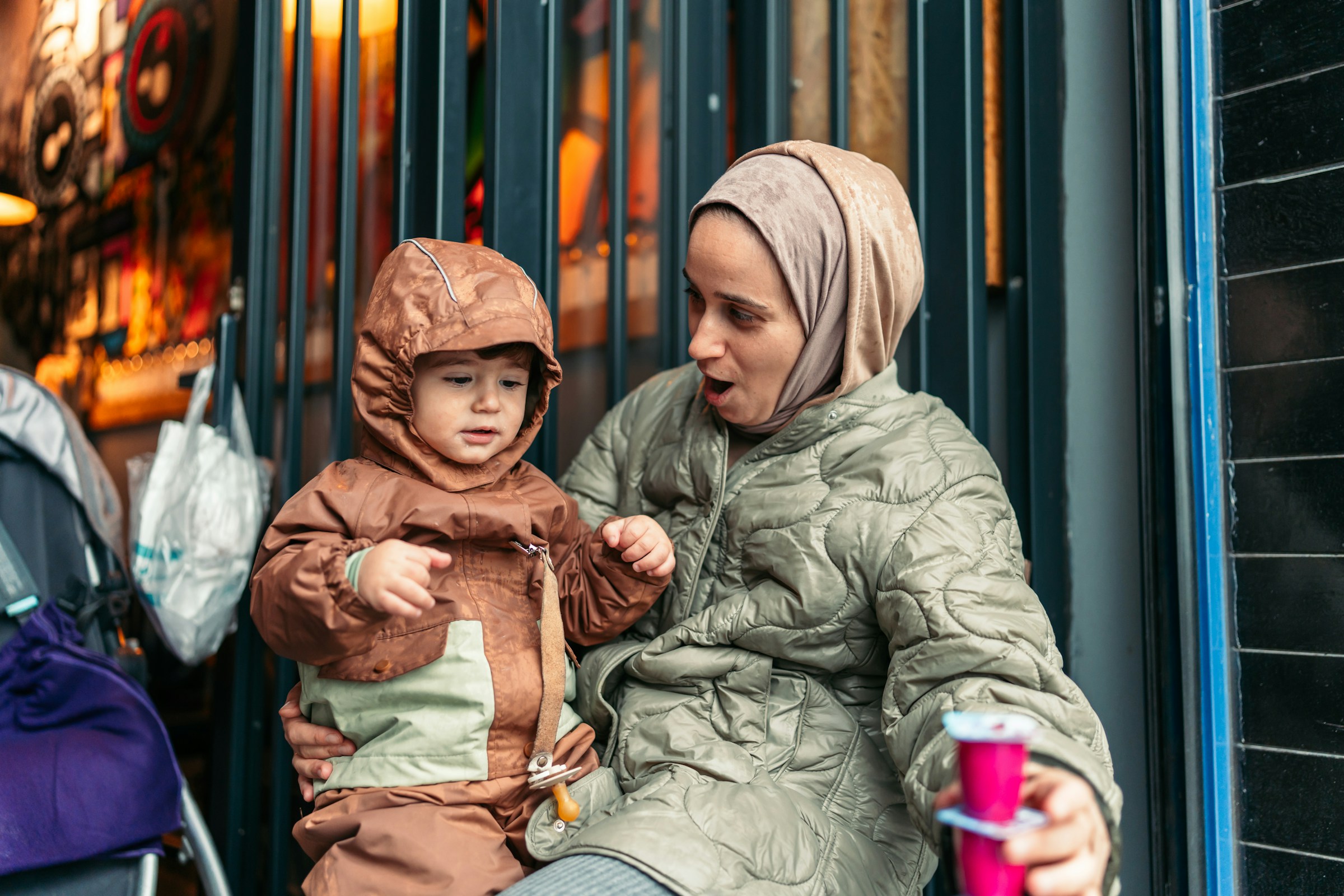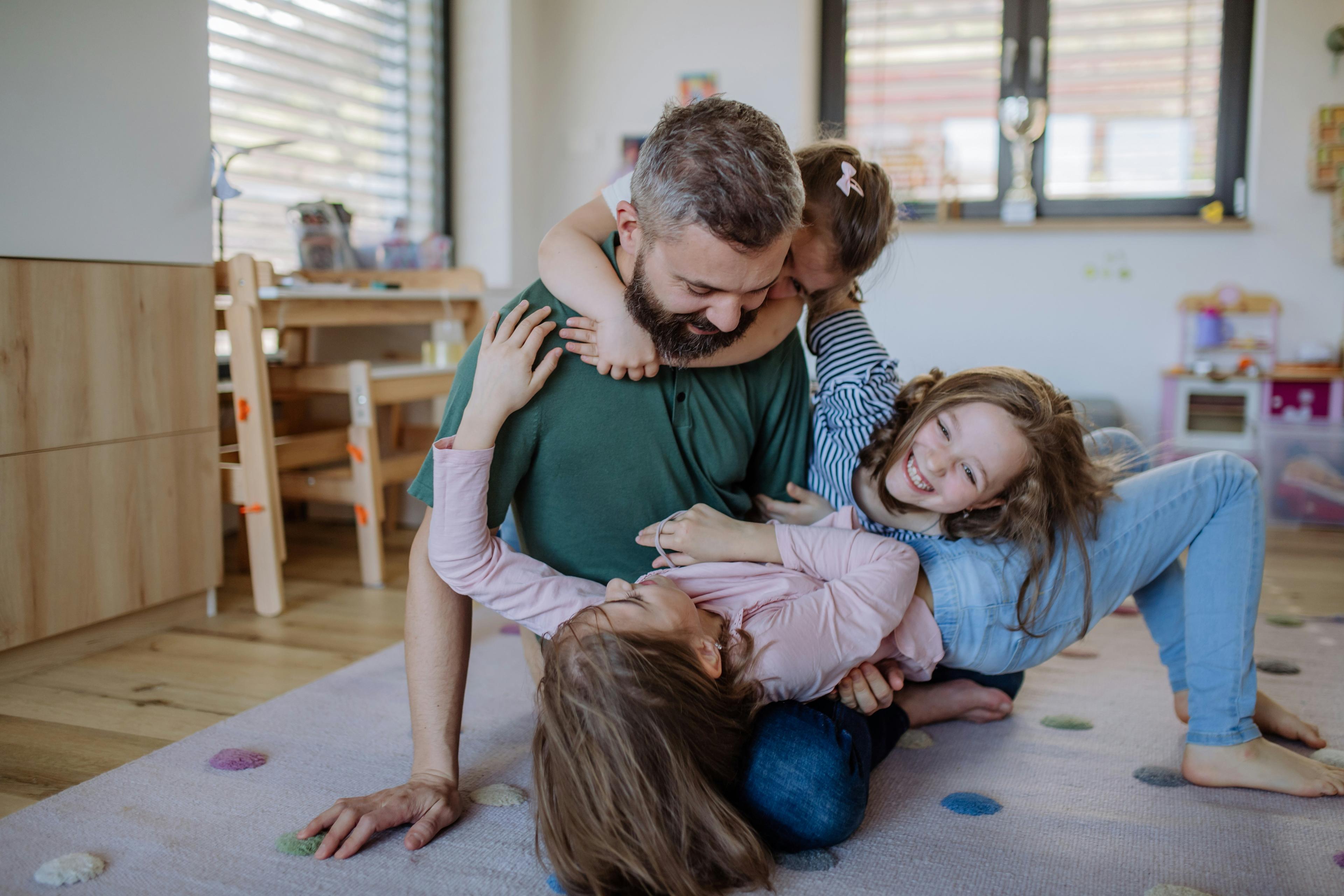Gentle parenting is often misunderstood as a soft approach that gives children whatever they want. In practice, it is a precise system that combines calm inputs with firm limits so that behavior changes at the root. It starts by training the nervous system and then builds habits on top of that foundation. When a child feels safe, the body and mind stop bracing for threat, and cooperation becomes possible. The home shifts from power contests to skill coaching, and the small gains begin to compound.
What families notice first is the reduction in daily battles. When a child feels seen and heard, resistance loses its fuel. You are not trying to outmuscle a tantrum or outshout a refusal. You are guiding a nervous system back to baseline. The parent models steady breathing and a lower voice, uses short sentences, and trims instructions until they are easy to process. As the atmosphere quiets, transitions move faster, and the day stops getting derailed by every minor change. This is not a trick or a hack. It is physiology shaped by structure.
As the home grows calmer, self-regulation develops. Children learn to pause because the adult is demonstrating the pause in real time. Feelings are named, choices are rehearsed, and scripts are repeated until they become familiar. Over time the space between trigger and reaction stretches, and that space is where choice lives. A child who can slow down for a breath can choose a new action. A child who can choose can grow. Parents feel the shift too. Knowing the next move reduces their own stress, and that calmer presence loops back into the child’s calm.
Gentle parenting is not permissive. It is firm without fear. Limits are clear, consequences are logical, and the tone stays respectful. The behavior is corrected without attacking the child’s identity. Shame is removed, accountability remains. This is how trust forms, and trust is what allows boundaries to land quickly. Children accept limits with far less drama when they know their dignity is safe. Paradoxically, the homes that feel kind are the ones where rules are most consistently enforced.
Language plays a central role. Instead of vague lectures, parents use specific and concrete words. They reflect what they see, label needs, and outline a single next step. Language organizes emotion, and vocabulary is a tool for problem solving. As children gain words for their internal states, the frequency and intensity of meltdowns drop. That growth does not stay at home. It travels to the classroom and the playground, where clear communication lowers conflict and raises confidence.
Every family runs on energy, and gentle parenting protects it. Yelling spikes cortisol for everyone and turns bedtime into a nightly negotiation. A gentler rhythm turns bedtime into a predictable sequence. Lights dim on schedule, voices stay even, steps are repeated until the body recognizes the pattern. Sleep stabilizes, mornings unclench, and the household’s bandwidth expands. The adult no longer spends half the day in repair mode, and the child no longer spends half the day recovering from fear.
Mistakes are handled differently. In a gentle home, errors are expected and repaired. Parents model apologies and resets, then invite the child to practice both. Progress becomes a path with stumbles, not a fragile line that breaks. A child who is not punished into silence after a mistake is a child who keeps trying. Resilience becomes a lived skill rather than a slogan. This mindset shields long term mental health because the daily dose of safety and structure lowers chronic stress and prevents the buildup of internalized shame.
The parent-child bond strengthens because connection is treated as the channel for guidance, not a reward that can be withdrawn. The adult listens before correcting, validates before directing, and holds the line without humiliation. Disagreements still happen, but the relationship stays intact through the rough patches. This matters in the later years when disclosure keeps teenagers safer. Young people who grew up with firm and kind parents still test limits, but they return sooner, ask for help earlier, and treat the relationship as a base rather than a battlefield.
Predictability is another quiet payoff. Gentle parenting relies on routines to reduce decision fatigue. When steps are known, children move with less friction, and anxiety softens. Lower anxiety means fewer acting out behaviors, and fewer acting out behaviors feed back into calmer routines. The loop feeds itself. Public outings change as well. Parents pre-brief transitions, carry snacks and water, offer two real choices, and state the plan in one sentence the child can repeat. These small systems prevent many of the classic meltdowns in shops, cars, and long queues, which protects the schedule and the child’s dignity at the same time.
Siblings benefit when fairness is coached as a process rather than a quest for perfect equality. Turn-taking is narrated, early signs of overload are noticed, and the adult de-escalates without picking a permanent winner. The scripts used by the parent become the scripts children borrow from one another. Over months, the noise of conflict gives way to the noise of play. The home grows louder with joy and quieter with fights.
Punishment takes a back seat to teaching. Instead of time-outs used as exile, families use time-ins as a reset. Instead of threats, they rely on agreed outcomes that make sense. The focus shifts from stopping behavior for a moment to practicing the skill that will change it for the week. The result is less backsliding and fewer dramatic showdowns. The child learns what to do next, not only what to avoid.
A strong system does not crumble on bad days. Gentle parenting is designed for low sleep, tight schedules, and messy moods. The rules are simple, the tone is consistent, and repair is fast. You do not need a perfect morning to keep the day on the rails. You need a repeatable sequence and the willingness to return to it after every slip. Parents often discover that their confidence grows not because every day is smooth, but because they know exactly how to recover when it is not.
Progress is visible through simple markers. Transitions shorten. Tantrums arrive less often and end sooner. Recovery speeds up. Sleep steadies. Instructions land the first time more frequently. Sibling arguments resolve with fewer adult words. The house begins to feel like it has a track that everyone can see. Teachers notice similar patterns. A regulated child can sit longer, follow multi-step directions, and handle frustration without collapse. Social friction drops, academic engagement rises, and the momentum from school carries back home.
The cultural effect is real. When yelling exits the toolkit, it exits the child’s future toolkit as well. When repair is normal, humility becomes normal. When dignity is protected during discipline, the child learns to protect the dignity of others in conflict. This is how daily choices become generational training.
Gentle parenting travels well across homes and routines. It does not require elaborate props or perfect spaces. Apartments and landed houses both qualify. One parent or two can use it. Multiple languages can carry it, because the core ingredients are sequence and tone. Keep cues consistent. Keep demands proportionate. Keep words few and clear. The method fits real life. You can be late and still be gentle. You can hold a boundary on screen time and still be gentle. You can say no to a treat and still be gentle. The aim is not to please a child in the moment, but to teach a child for the long run.
When the adult slips, the repair is part of the method. A simple admission, delivered without self-flagellation, models accountability. I shouted, that was not helpful, I am resetting, let us try again. The child sees what grown people do with mistakes and learns that course correction is safe. That lesson cannot be bought, only shown.
For families starting from chaos, the path is step by step. Choose one routine to rebuild, often bedtime, and write the sequence. Use the same words each night, keep the lights and sounds predictable, and expect pushback for a week while the system settles. Celebrate the first smooth night, then move to mornings, then mealtime. Piece by piece, the house tilts toward calm.
The benefits of gentle parenting are not abstract. They appear in quieter rooms, faster recoveries, and children who can pause, choose, and change. Parents feel it in their own pulse and see it in their child’s face. The gains are durable because the approach does not rely on perfect moods. It relies on a protocol that survives bad weeks and still points everyone in the same direction. That is why the results last.




.jpg&w=3840&q=75)




.jpg&w=3840&q=75)


.jpg&w=3840&q=75)


